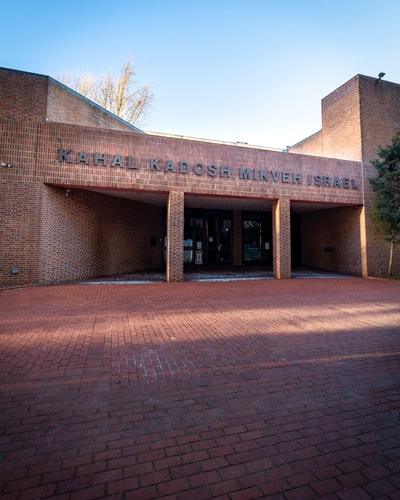 * Aggressive countries could simply ignore the League of Nations and leave it.
* Aggressive countries could simply ignore the League of Nations and leave it.
* The League took too long to intervene in disputes, and when it did it acted in a very weak way that did not deter aggressive powers. Its weak actions over Abysinnia and Manchuria just gave more encouragement to figures such as Hitler, who went on to re-militarize the Rhineland (against the terms of Versailles) and then invade a part of Czechoslovakia called the Sudetenland in 1938.
* In the 1930s it lacked a power that was prepared to take real action against aggressive countries. The USA was not in the League, and Britain and France were practicing the policy of appeasement, which meant they tried to avoid war at all cost.
——————————————————
The Key Failures of the League of Nations
The 1920s were a relatively stable decade for international diplomacy. However, with the rise of aggressive powers in Germany, Italy and Japan, the League faced some big tests, which unfortunately it failed:
Manchurian Crisis, 1931-1933: In 1932, Japan invaded Manchuria, bringing it to war with China. After umming and ahhing over the situation, the League eventually told Japan in October it should leave the territory (hardly a swift or effective economic or military sanction!). Japan responded by leaving the League in February 1933, before going on to invade China in 1937.

Haile Selassie, Ethiopia’s emperor, made a passionate plea to the League for help. But the League’s response was very weak: it banned arms sales to both sides and set up an arbitration committee for the dispute. Increasingly desperate, the League also offered part of Abysinnia to Italy in return for it not invading.
But In October 1935, Italy invaded Abysinnia. Britain and France, the only two powers in the League who could have stopped Italy, refused to take any action. In fact, they tried to solve the crisis outside of the League, by secretly offering Italy the Hoare-Laval pact, demonstrating that they had lost faith in the League. Italy rejected all these approaches, and Abysinnia became an Italian colony by the spring of 1936.